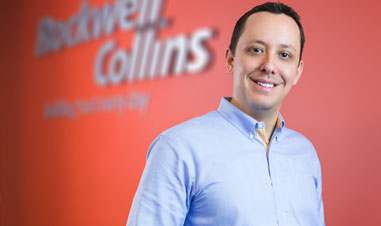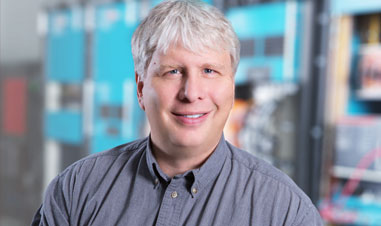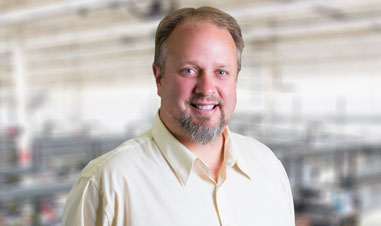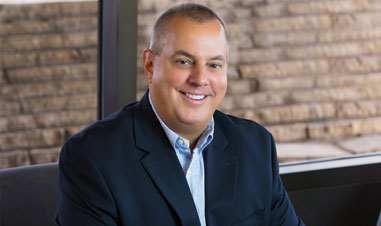



Large-format displays on the Boeing 737 MAX
Our industry grows more globalized and competitive each year, so maintaining a competitive advantage requires a commitment to innovating new solutions and refreshing existing products. Good ideas are abundant, but progressing from concept to successful product launch requires a disciplined innovation process – one that links customer requirements with a clearly defined market strategy.
At Rockwell Collins, our team approach incorporates much more than engineering expertise. It marries marketing, program management and manufacturing with engineering to create a comprehensive pooling of ideas and perspectives. Each multidisciplinary team starts by asking fundamental questions: What capability is the customer looking for? How much are they willing to pay? Can we produce the product profitably? How do we create a solution clearly differentiated from our competitors? What is the best way to reduce size, weight and cost? The answers to these questions guide development decisions at every step, from concept to prototype to testing to product launch.

"By investing in innovative, leading-edge solutions, we solve our customers’ problems and also introduce new capabilities and technology solutions that bring increased performance, reliability and efficiency while improving customers' cost of ownership."
Nan Mattai
Senior vice president,
Engineering and Technology
The clear benefits of this team approach can be found in Boeing's 2013 selection of Rockwell Collins large-format cockpit displays for the upcoming 737 MAX. The effort required extraordinary coordination among team members seeking to displace the previous provider of displays for the 737, the largest-selling airliner in history.
By leveraging Lean ElectronicsSM techniques, the team set — and met — aggressive goals, reducing build and test times by 33 percent while significantly lowering costs. When the 737 MAX enters service in 2017, on board each aircraft will be four 9-by-12-inch Rockwell Collins displays, providing pilots with higher graphics capability compatible with future advances in air traffic control and awareness technology. This win solidifies Rockwell Collins as Boeing’s preferred provider of flight deck displays for years to come. For their work, the 737 MAX Large Format Displays Capture team was recognized with the coveted Rockwell Collins 2013 Chairman's Team Award.



